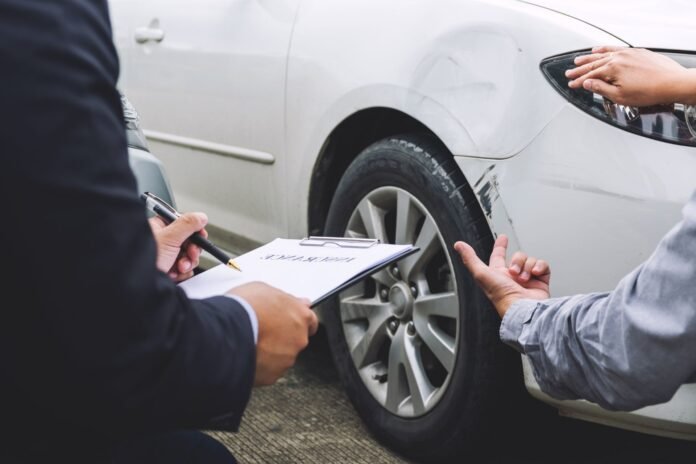[ad_1]
A crash on the Long Island expressway (LIE) is chaotic. Traffic moves fast, shoulders are narrow, and visibility can change by the minute. Focus on safety first, then protect your rights. Simple steps in the first hour can prevent bigger problems later. Here’s what to do after a car accident on the LIE.
1. Get to safety and call 911
Move to the right shoulder if your car can move. If not, stay belted, switch on hazards, and set out triangles if you can do so safely. Do not stand between cars. If there is fire or fast traffic, exit to the guardrail or grass. Call 911 and report mile markers, direction, and nearest exit. Ask for the police and an ambulance for anyone hurt. Ensure you stay on the line until the dispatcher says you can hang up.
2. Document the scene
Photos tell the story later. Take wide shots of all vehicles, lanes, and debris. Capture close-ups of license plates, tire marks, and damage points. Note the weather, lighting, and construction zones.
Be sure to exchange names, phone numbers, and insurance with the other driver. In addition, ask for witness contact, and get the responding officer’s name and precinct. When you are stable, speak with trusted personal injury lawyers serving Long Island for the next steps and deadlines.
3. Notify insurers and meet New York deadlines
Call your auto insurer within 24 hours if possible. Start a no-fault claim to cover medical care and a portion of lost wages. In New York, you must file the NF-2 application within 30 days of the crash, so do not wait. Ask about property damage coverage and rental options. If a municipal or transit vehicle was involved, special rules can apply. Some claims require a notice of claim within 90 days, so get legal advice fast.
4. Report and notify the right parties
Ask the officer how to get the MV-104A. If police do not respond, file an MV-104 within 10 days when required. Report the crash to your insurer, even if you were not at fault. Give facts only; do not guess speed or distances. If the other driver was on the job, note the employer. Commercial policies change the path to recovery. Make sure to save towing bills, rental receipts, and repair estimates in one folder.
5. Protect your claim with careful communication
Expect calls from adjusters soon. Be polite, but decline any recorded statement until you understand your rights. Do not sign broad medical releases. Ask for requests in writing and keep copies. Share only basic facts like names, policy numbers, and the claim number.
Follow your treatment plan and document symptoms. Keep a weekly pain and function journal. Don’t post anything about the crash on social media. Even private posts can be found. In addition, send all requests to your lawyer and let them handle negotiations.
Endnote
Recovery on the LIE starts with safety and then steady steps. Use these actions to protect your health and your claim. Stay consistent in what you say and what you save. Ask questions until the process makes sense. If you feel stuck, speak with a local attorney who handles highway crashes. The right help can turn a messy day into a clear plan and a stronger result.
[ad_2]
Source link

